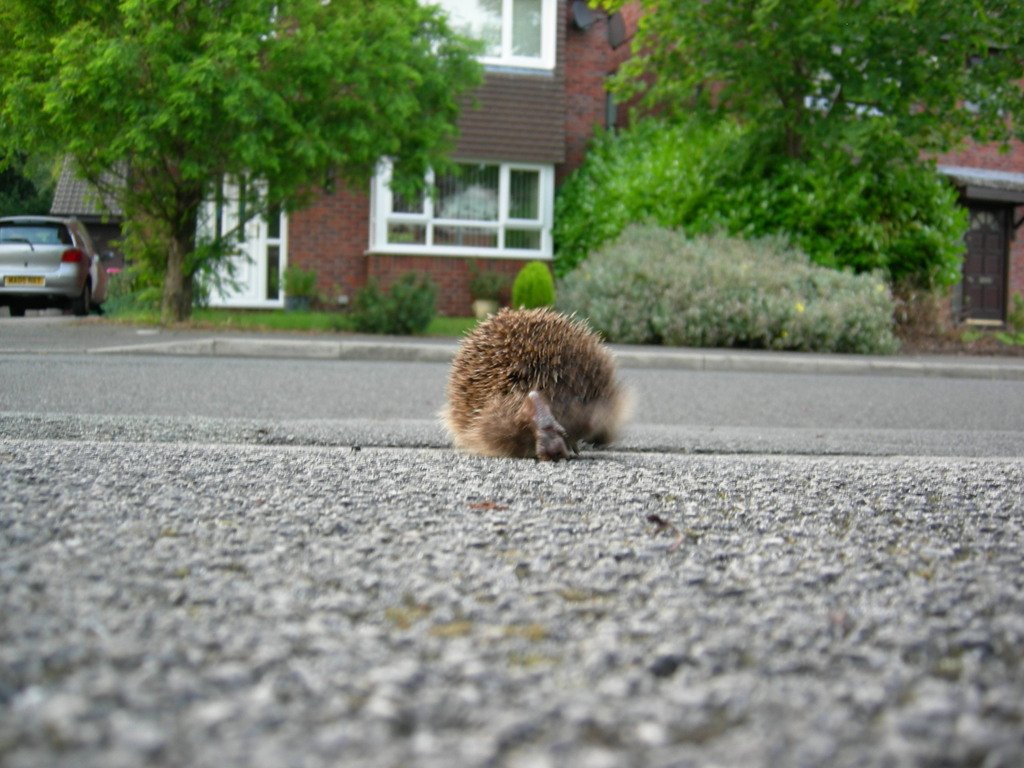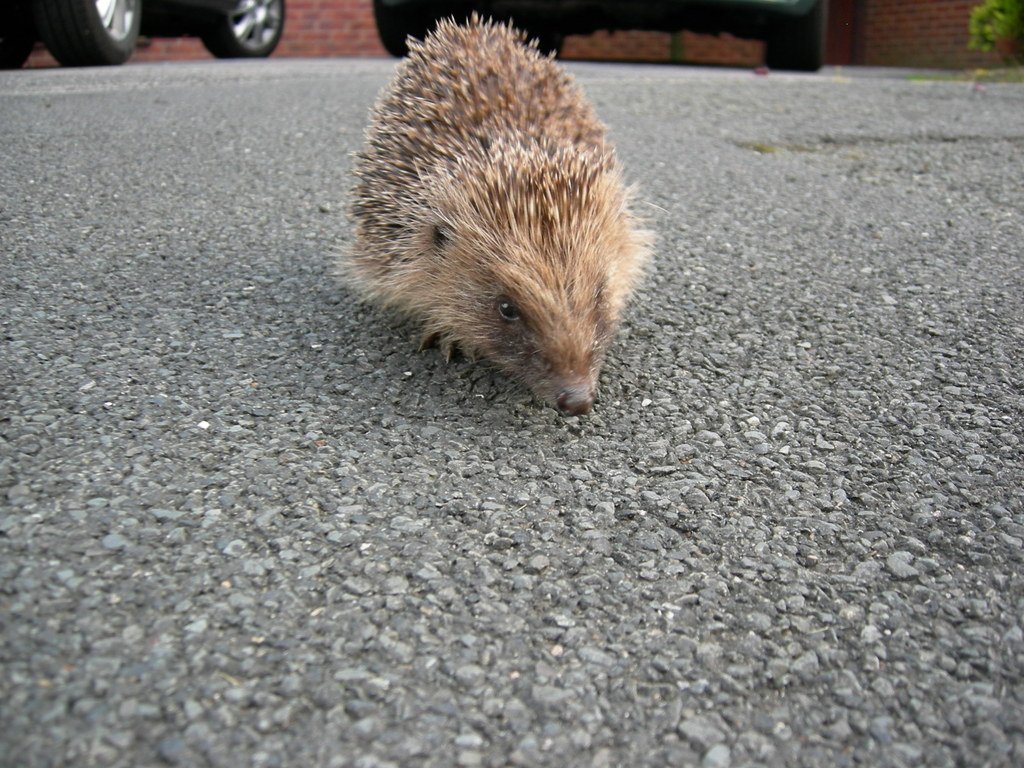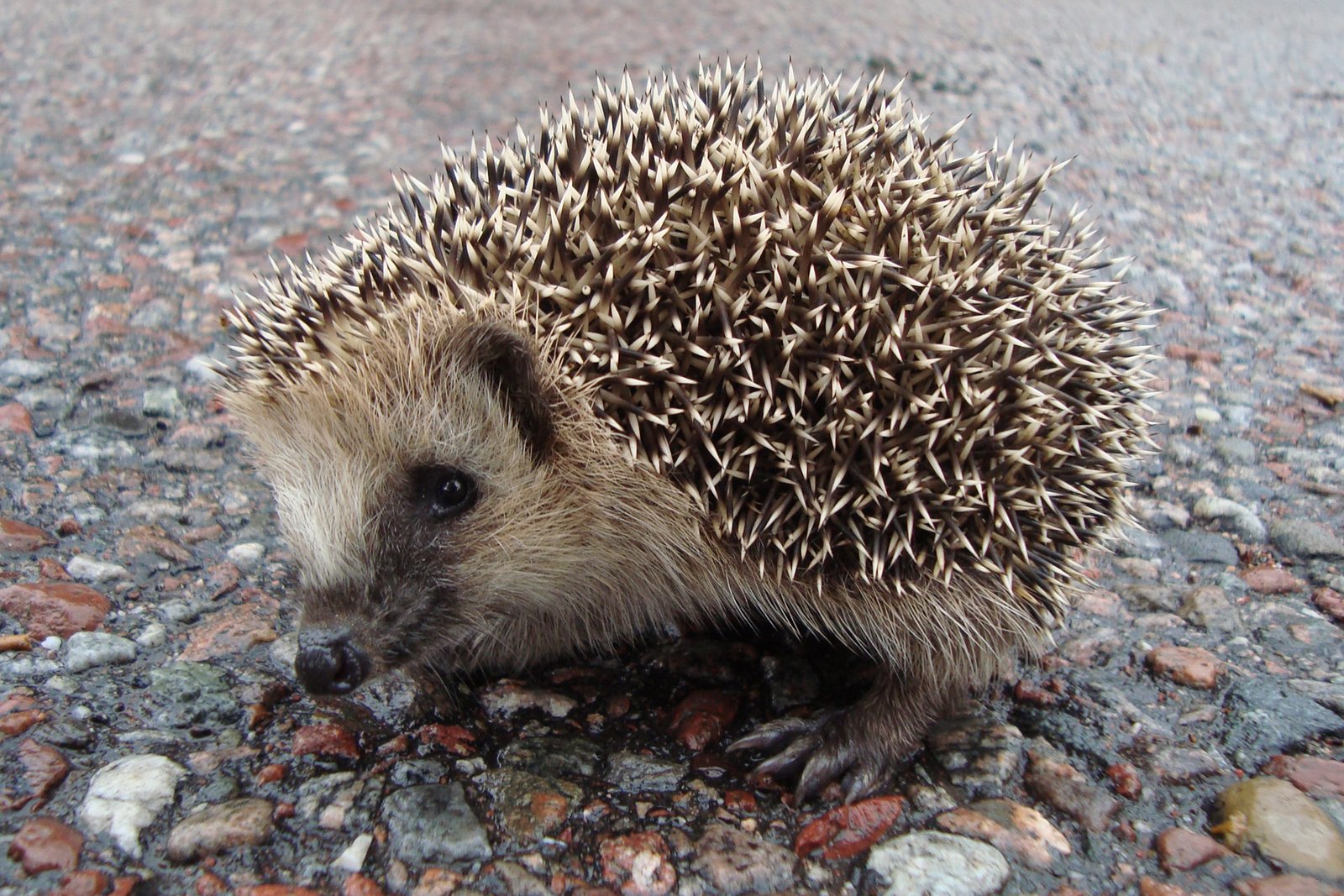Picture this: the soft rustling of leaves in the moonlight, a tiny snout poking through the undergrowth, and the unexpected sight of a hedgehog navigating a maze of fences in the heart of a bustling city. Once creatures of wild meadows and ancient woodlands, hedgehogs are now turning to our gardens for survival, making their homes alongside humans. Their journey is both extraordinary and poignant—a silent testament to nature’s adaptability in the face of relentless urban expansion. As concrete and traffic carve up the countryside, our backyards are morphing into vital lifelines for these endearing, spiky mammals. Their story is a remarkable blend of hope, resilience, and the sometimes surprising ways humans and wildlife can coexist.
The Plight of the Urban Hedgehog

Hedgehogs have found themselves in a precarious position, with populations declining dramatically across much of Europe. Urbanization has fragmented their traditional habitats, leaving them isolated in shrinking patches of green. Roads, developments, and fences act as barriers, making it harder for hedgehogs to find food, mates, and safe shelter. As a result, these small mammals are forced to adapt or disappear. The urban hedgehog’s struggle is a stark reminder of how human progress can unintentionally threaten even the most familiar wild creatures. Yet, amid the challenges, hedgehogs are showing incredible adaptability, seeking out new havens in the very places we call home.
Gardens as Unexpected Sanctuaries
Surprisingly, the average urban garden can become a thriving oasis for hedgehogs. Lawns, flowerbeds, compost heaps, and even neglected corners offer shelter and rich pickings for insects and worms—hedgehog delicacies. Unlike manicured parks or paved spaces, gardens provide a patchwork of habitats that mimic the diversity of the wild. Every pile of leaves or stack of logs might shelter a hedgehog during the day or in winter hibernation. The intimacy of a garden, with its human touch and quiet corners, allows hedgehogs to thrive where they might otherwise struggle. This transformation of private spaces into miniature nature reserves is quietly reshaping the future of these beloved mammals.
Barriers and Highways: The Challenge of Connectivity
One of the greatest threats to urban hedgehogs is the maze-like structure of modern neighborhoods. Fences, walls, and busy roads create impassable barriers, turning gardens into isolated islands. Hedgehogs are surprisingly determined travelers, sometimes covering over a mile in a single night in search of food or mates. When blocked by fences or roads, their journeys can end in tragedy or exhaustion. Wildlife corridors—simple holes in fences known as “hedgehog highways”—have become a lifeline, allowing these tiny explorers to roam safely between gardens. The creation of such corridors is a powerful example of how small changes in human behavior can have outsized impacts on wildlife survival.
The Science Behind Hedgehog Adaptation

Researchers have watched with fascination as hedgehogs adapt to urban life. Studies show that city-dwelling hedgehogs adjust their foraging patterns, diets, and even daily routines to cope with human presence and artificial light. Their sense of smell and hearing help them navigate busy neighborhoods, while their ability to curl into a tight, spiky ball offers some protection from new dangers, such as domestic pets. However, urban life comes with its own set of risks—exposure to chemicals, reduced genetic diversity, and encounters with vehicles can take a toll. Despite these challenges, the hedgehog’s remarkable resilience is evident in their continued presence in cities around the world.
How Gardeners Are Making a Difference
Ordinary people are playing a surprising role in the hedgehog’s urban revival. By leaving wild patches, creating log piles, and avoiding the use of harmful pesticides, gardeners are turning their outdoor spaces into welcoming refuges. Some even install hedgehog houses or leave bowls of water to help during dry spells. The rise of “hedgehog-friendly” gardening is more than a trend—it’s a grassroots movement fueled by compassion and curiosity. Community groups and schools are joining in, spreading the word and sharing tips to encourage more wildlife-friendly gardening. Every simple act, from planting native shrubs to letting the grass grow a little longer, can make a profound difference.
Hedgehog Highways: Small Holes, Big Impact
The idea behind hedgehog highways is disarmingly simple: a small hole, just 13cm by 13cm, at the base of a garden fence or wall. Yet this tiny opening can be life-changing, connecting gardens and creating safe routes through even the densest suburbs. These highway holes enable hedgehogs to avoid dangerous roads, access new feeding grounds, and find mates, all without straying into harm’s way. Neighborhoods that have embraced hedgehog highways are seeing increased sightings and healthier hedgehog populations. It’s a vivid reminder that sometimes the most effective conservation measures are also the simplest.
The Role of Community and Citizen Science
Communities are banding together to support hedgehogs in inspiring ways. Local projects often involve mapping hedgehog sightings, sharing advice about wildlife-friendly gardening, and organizing “hedgehog street” initiatives. Citizen science has become a powerful tool, with volunteers collecting data on hedgehog numbers and behaviors to help researchers understand urban populations. Schools and families get involved too, fostering a sense of stewardship and wonder in the next generation. These collective efforts are more than just helpful—they’re creating networks of support that ripple across entire cities, offering hope to hedgehogs and humans alike.
Threats Lurking in Urban Spaces

Despite their adaptability, hedgehogs still face real dangers in the city. Cars pose a constant threat, especially at night when hedgehogs are most active. The use of slug pellets and pesticides can poison their food supply or harm them directly. Unsuspecting pets, such as dogs and cats, may also injure hedgehogs. Even garden machinery and bonfires can become lethal hazards if not checked first. These risks highlight the delicate balance required for urban wildlife to coexist with people, reminding us that a little awareness goes a long way in protecting our prickly neighbors.
Gardens as Biodiversity Hotspots
Urban gardens are not just lifelines for hedgehogs—they are vibrant hubs of biodiversity. A single garden can host dozens of species, from bees and butterflies to birds and amphibians. By supporting hedgehogs, we also create healthier environments for countless other creatures. The interconnectedness of all these species makes gardens powerful tools for conservation, even in the heart of a concrete jungle. Encouraging natural processes and minimizing chemicals allows nature to flourish, turning ordinary spaces into extraordinary sanctuaries with every season.
Simple Steps Everyone Can Take
Transforming a garden into a hedgehog haven doesn’t require an expert’s touch. Simple actions—like leaving a gap under the fence, avoiding slug pellets, or providing a shallow dish of water—can make all the difference. Planting native shrubs and letting parts of the garden grow wild offer shelter and food. By being mindful of bonfire piles and garden machinery, homeowners can prevent accidental harm. Even those without gardens can support hedgehogs by spreading the word and encouraging neighbors to create hedgehog highways. Every little effort adds up, proving that wildlife conservation is within everyone’s reach.
Hope for Hedgehogs in the Modern World

The story of hedgehogs and highways is ultimately one of hope and possibility. As gardens transform into urban habitats, they become vivid symbols of how humans and wildlife can thrive together. The resilience of hedgehogs, coupled with the growing awareness among city dwellers, is breathing new life into neighborhoods once deemed barren for wildlife. With continued community effort and small changes in how we design and care for our gardens, cities could soon become havens not just for hedgehogs, but for a rich tapestry of urban nature. If every fence had a hole and every garden a wild corner, who knows what other wonders might return to our doorsteps?




